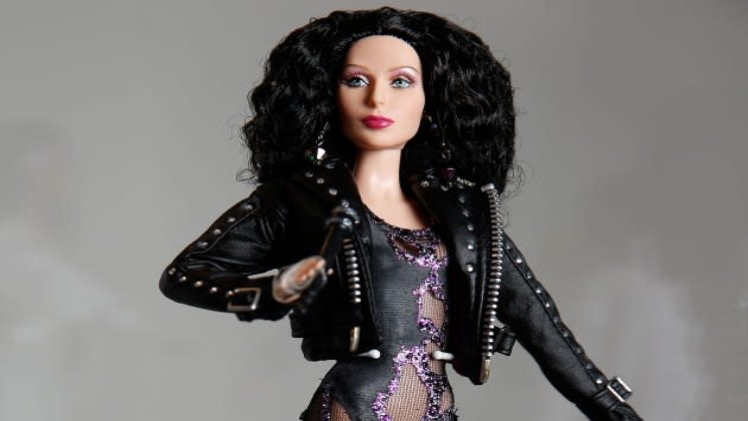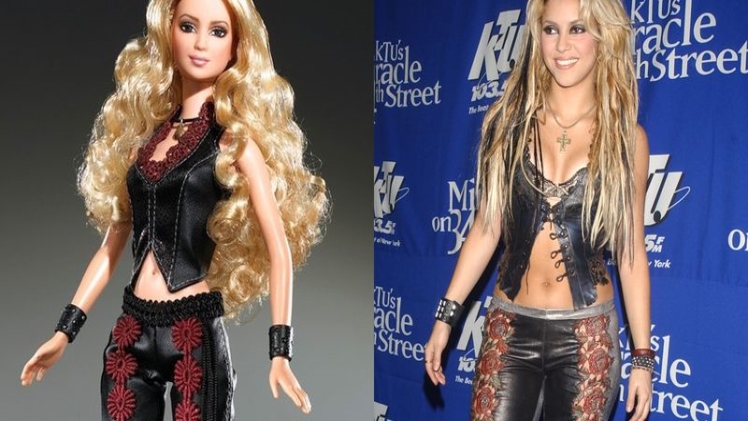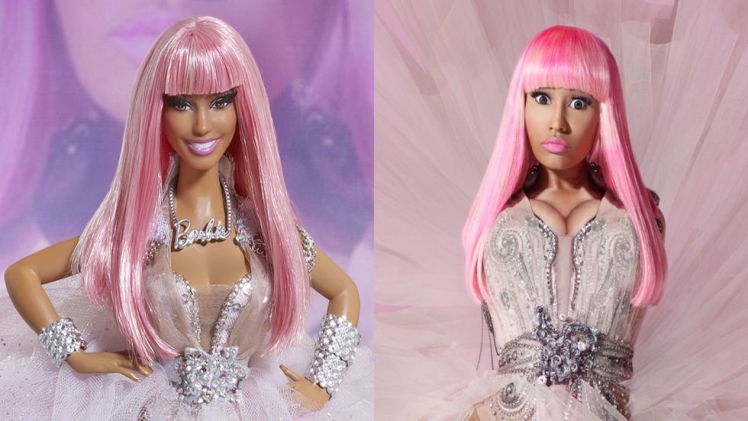
Barbie: Latest Instagram Photos & Videos, Age, Family, Net Worth, and Height Revealed
Introduction to Barbie
Barbie, full name Barbara Millicent Roberts, was first introduced to the world by Ruth Handler, co-founder of Mattel, Inc., who envisioned a doll that could help young girls imagine life beyond traditional gender roles. Barbie quickly became a fashion icon and a role model for children everywhere, encouraging them to envision themselves in a wide variety of careers. Over the years, Barbie has taken on numerous roles—astronaut, doctor, teacher, scientist, and even president—reflecting the aspirations and dreams of each new generation.
Barbie’s influence goes beyond play; she has become a cultural symbol, sparking debates, inspiring art, and even starring in movies and media projects. Barbie’s impact on society is profound, reflecting both the values of her time and the shifts in societal expectations for young girls and women.
Barbie’s Age
Barbie was officially “born” on March 9, 1959, making her 65 years old as of 2024. Her debut at the American International Toy Fair in New York City marked a turning point in toy history, as she was one of the first dolls aimed at allowing children to imagine themselves as adults rather than caretakers. Despite her “age,” Barbie has remained timeless, with each generation bringing new looks, styles, and careers for her. Her enduring appeal across multiple generations speaks to her adaptability and the ever-evolving nature of her brand.
Over the years, Barbie’s appearance has changed subtly, reflecting fashion trends and societal shifts. However, her youthful image has remained constant, allowing her to represent a timeless figure of aspiration and adventure for children worldwide.
Barbie’s Family and Friends

Barbie’s “family” extends beyond herself to include a host of characters who have become staples in the Barbie universe. Her long-time boyfriend, Ken Carson, was introduced in 1961, two years after Barbie’s debut, and has been her frequent companion in various adventures. Ken, like Barbie, has had several makeovers and careers, reflecting trends and changing gender roles over the decades.
Barbie’s family also includes her sisters, Skipper, Stacie, and Chelsea, each of whom has their distinct personality and role in the Barbie brand. Skipper, Barbie’s younger sister, first appeared in 1964 and has undergone numerous transformations over the years. Stacie and Chelsea followed, with Chelsea being the youngest. These family members add depth to Barbie’s story, allowing children to explore family dynamics and relationships through play.
Aside from her family, Barbie has a wide circle of friends, each bringing diversity and unique backgrounds into the Barbie universe. Friends like Teresa, Christie, and Nikki have added representation and inclusivity, allowing children from all backgrounds to see themselves in Barbie’s world. Barbie’s family and friends contribute to the rich, diverse narratives that have made her relatable to audiences worldwide.
Net Worth of the Barbie Brand
The Barbie brand, as part of Mattel, is worth an estimated $2 billion as of 2024. Barbie remains one of Mattel’s flagship products, generating significant revenue each year. Barbie’s net worth isn’t limited to doll sales; it includes revenue from branded merchandise, movies, books, video games, and licensing deals. The Barbie brand has expanded into fashion, accessories, home decor, and digital content, creating a vast network of products and media that reach audiences globally.
Barbie’s 2023 live-action film, directed by Greta Gerwig and starring Margot Robbie, became a cultural event, grossing over $1 billion worldwide and reigniting public interest in the Barbie brand. This resurgence in popularity has brought new financial success to Mattel and expanded Barbie’s cultural footprint. The success of the film led to new toy lines, themed merchandise, and increased brand visibility, cementing Barbie’s relevance in modern pop culture.
Additionally, Barbie’s collaborations with major fashion houses and designers, such as Moschino, Karl Lagerfeld, and Vera Wang, have elevated her status from a toy to a fashion icon. These high-profile partnerships have added to her net worth and brand value, appealing to collectors and fashion enthusiasts alike. Barbie’s ability to maintain her appeal across various demographics has ensured her financial longevity and relevance in a competitive toy market.
Barbie’s Height and Physical Characteristics

Barbie’s height is approximately 11.5 inches, or 29.2 centimeters, which, when scaled, represents an adult height of around 5 feet 9 inches. Her physical proportions have been a topic of discussion and criticism over the years, as her exaggerated measurements were originally designed for aesthetic purposes rather than realism. The “Barbie body” has been a subject of cultural analysis, with some arguing that it set unrealistic beauty standards. In response to such critiques, Mattel introduced more diverse body types in 2016, including “curvy,” “tall,” and “petite” Barbie dolls.
The introduction of these new body types was part of Barbie’s evolution to become more inclusive and reflective of real-world diversity. In addition to different body shapes, Barbie dolls now come in a variety of skin tones, hair types, and facial features, allowing children to see themselves in their toys. Barbie’s evolving physical appearance demonstrates Mattel’s commitment to adapting to societal expectations and promoting positive representation.
Career Highlights and Achievements
Barbie’s career journey is one of her most distinctive features. Over the years, she has taken on more than 200 careers, from astronaut to veterinarian, chef, and fashion designer. Barbie’s diverse career history reflects Mattel’s mission to inspire children to imagine themselves in any profession, breaking down traditional gender roles and encouraging aspirations beyond societal norms.
Barbie’s first career as a fashion model in 1959 set the stage for her future roles, but it was her 1965 release as an astronaut that showed her potential to break boundaries. Over the years, she has continued to inspire children with careers in fields such as medicine, law, and politics, even running as a presidential candidate multiple times. Barbie’s commitment to promoting women’s empowerment through career representation remains one of her most significant achievements.
In addition to her career evolution, Barbie’s role in philanthropy and community outreach is noteworthy. Mattel has used Barbie’s influence to support causes such as education, equality, and the environment. Barbie’s Dream Gap Project, launched in 2018, aims to address the self-confidence gap that young girls experience. Through partnerships, educational content, and advocacy, Barbie has evolved into a symbol of empowerment and inclusivity.
Conclusion
Barbie’s journey from a fashion doll to a cultural icon is a remarkable story of adaptation and impact. At 65 years old, with a height of 11.5 inches and a brand worth approximately $2 billion, Barbie has achieved a level of longevity and influence rarely seen in the toy industry. Her evolving appearance, diverse career choices, and commitment to inclusivity have allowed her to remain relevant and beloved across generations.
Barbie’s story reflects not only the changes in societal values but also the enduring power of imagination and aspiration. As Barbie continues to evolve, her legacy as an inspiring and empowering figure is likely to endure, proving that she is much more than a toy; she is an icon who encourages children to dream big, believe in themselves, and see endless possibilities.